Old Goats Ridge Notes: Joni Frames Up Frameless Cabinets
In the big, wide world of custom cabinetry (just kidding, we’re actually a pretty tiny — but passionate! — subset of folks), there is one looming cabinet construction question these days: framed or frameless?
This often leads customers to think about the front (or face) of the cabinets. What do the cabinets look like? Do they have outfacing detail or a shaker? Is there space between the doors? If not, they must be frameless, right? Actually, no. When you’re talking framed versus frameless in cabinetry, you’re actually talking about the interior construction. I know; not quite as much fun, but still an important consideration.
Old Goats cabinetry guru Joni provides a quick history lesson: “Traditionally, cabinets in the U.S. are built with a framed construction in which the interior cabinetry box comes together in a way that creates a 1.5” face frame, literally framing your cabinet’s contents like a picture frame would when you open the door or doors. Frameless cabinetry is a more European way of building, which is quickly gaining popularity here in the states. Frameless cabinets eliminate the box frame by using thicker or more fortified construction for the interior cabinetry, allowing the door to attach directly to the inside without requiring the additional framing for support.”
Here at Old Goats, we’ve become big fans of frameless cabinetry. It’s one of many reasons we carry the Bellmont Cabinet Co. line. While there isn’t necessarily a one-is-better-than-the-other choice when it comes to framed versus frameless cabinetry, these are some benefits of frameless:
Simply, more storage space because you don’t need to accommodate for an accumulated three inches of frame
A sleek aesthetic
Larger drawers that take advantage of the extra breathing room
Adjustable shelving, or, in other words…
Costco-friendly
We turned to Joni to explain that last one. “Frameless cabinetry typically makes it really easy to move shelves up and down within your cabinetry spaces. So, for example, when Costco swaps your favorite jug of olive oil for one that is now one inch taller, you no longer have to find a new place to put it. Simply adjust your cabinetry shelves up an inch or two, and your Costco jigsaw puzzle is solved.”
Again, framed versus frameless cabinets is a personal choice, one that is often driven by the outer cabinet style you prefer, and which manufacturer you go with. But it’s worth understanding the difference, especially given how much we rely on our cabinets to store our stuff, hide our things, and provide quick and easy access to our favorite cooking go-tos.

